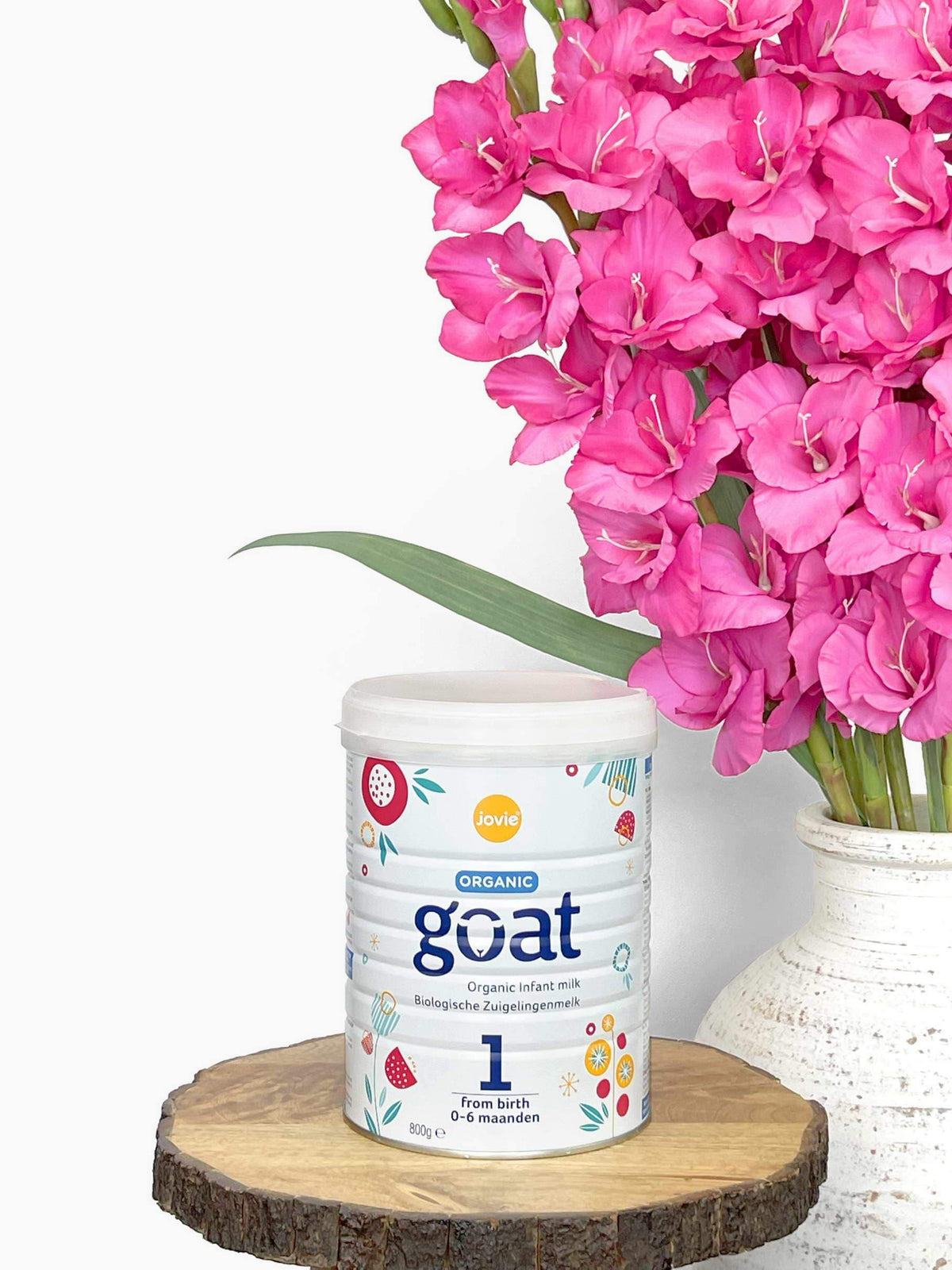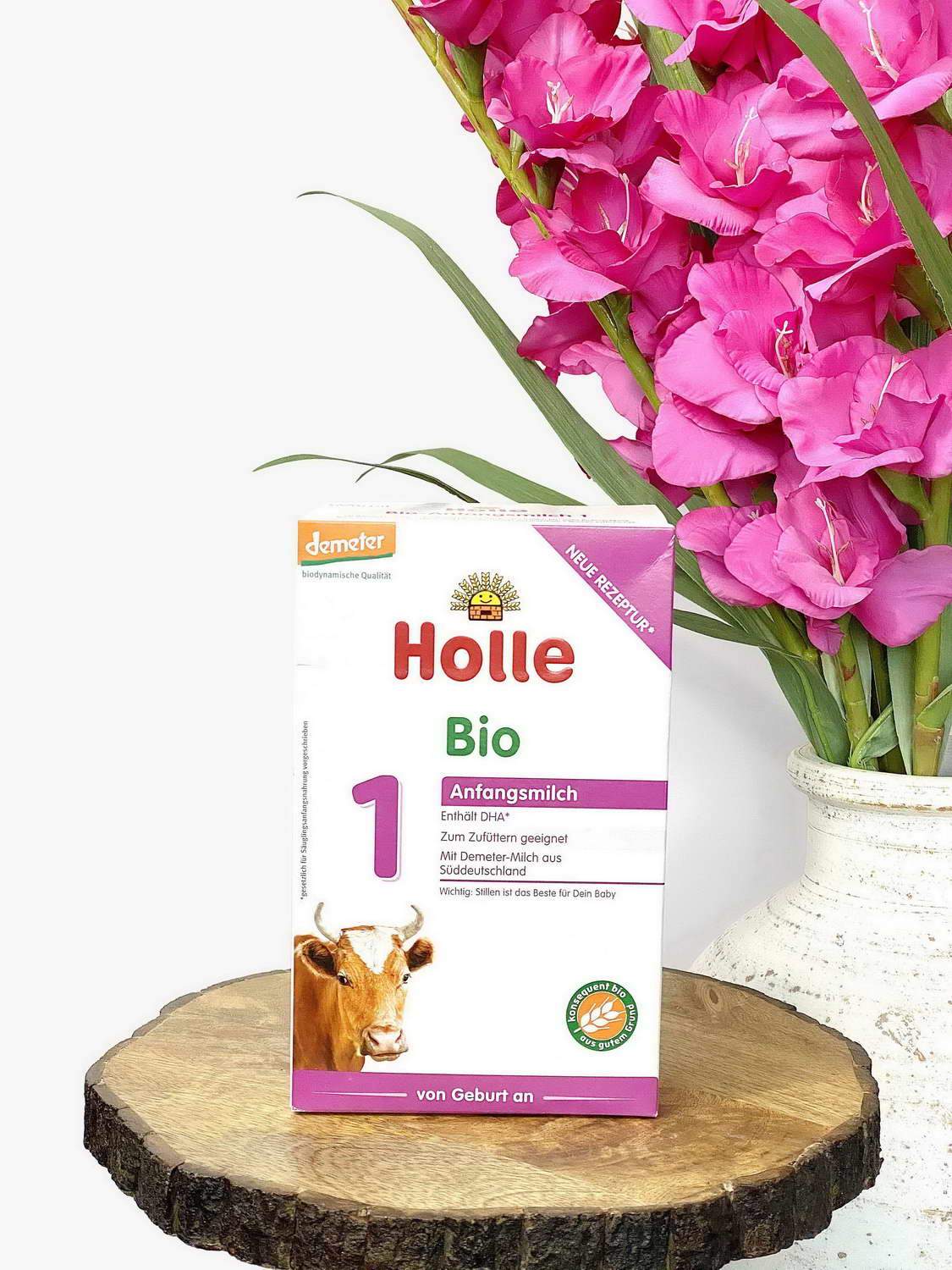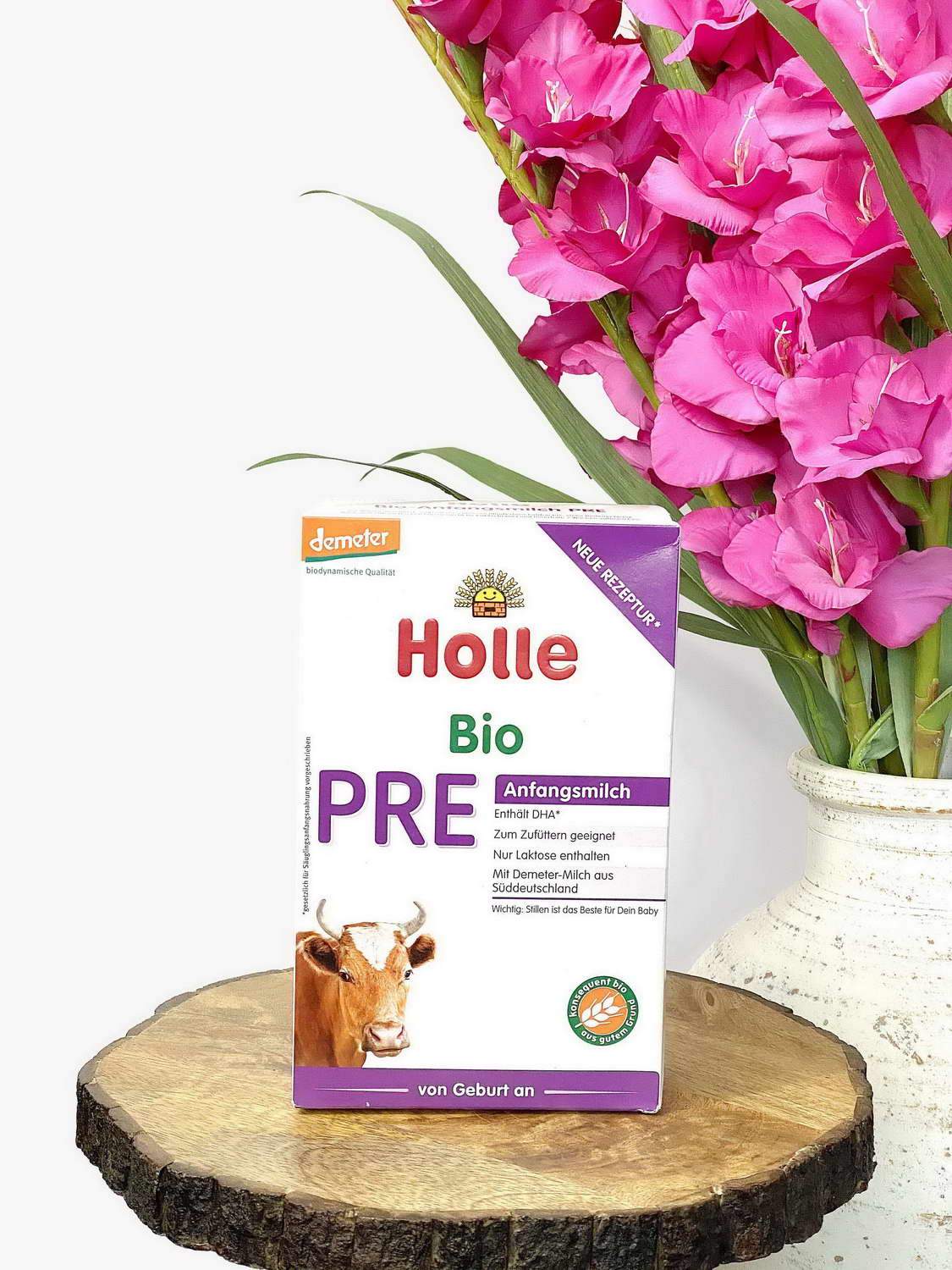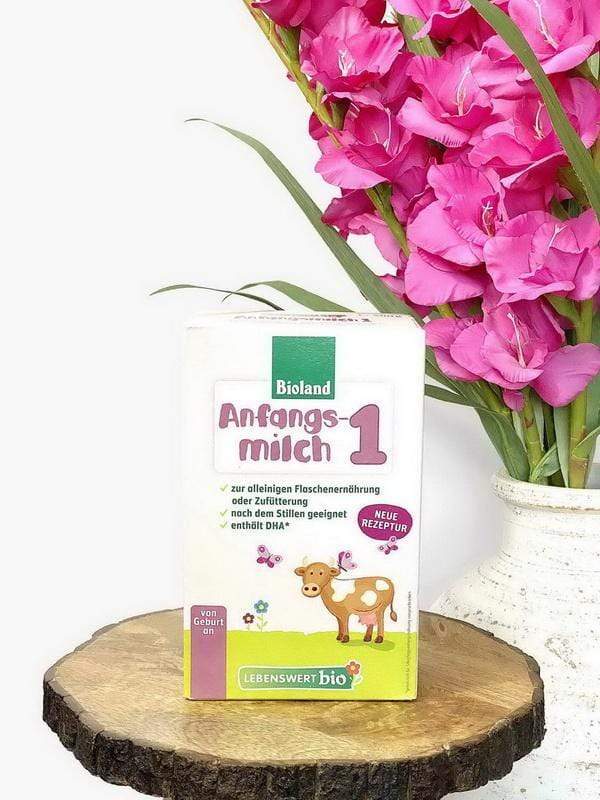Your cart is empty
Shop formulasYou have not added any favorites yet.
Shop formulasRecommended products
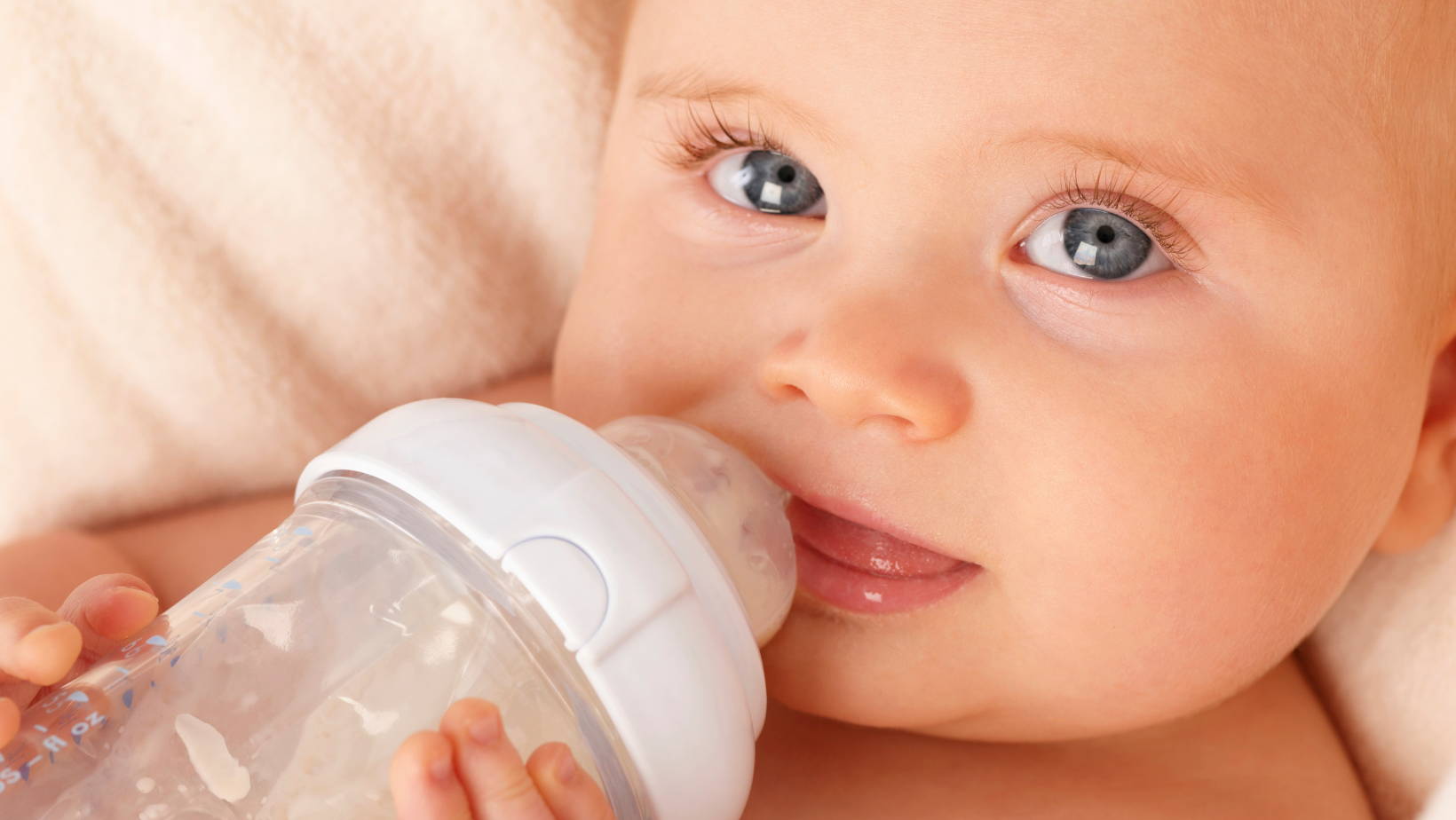
How to Introduce a Bottle:
First Time and Breastfed Babies
After choosing the perfect European baby formula, families who want to supplement breastfeed or who have chosen to make the switch to formula are ready to make the next step in their bottle feeding journey.
With careful planning, patience, and a lot of love, introducing a bottle of formula for the first time can seem natural and set a positive tone for future bottle feeding sessions.
Table of Contents:
When to Start Bottle Feeding
Caregivers often wonder when the best time to introduce a bottle is. The simple answer is that there really is not a perfect time. As family situations change and nutritional requirements need to be met differently that will be the ideal time for your little one.
If mom plans to continue to breastfeed and knows in advance that a bottle will be introduced, lactation consultants usually recommend waiting until the breast milk supply is established and breastfeeding is going well. Offering a bottle somewhere between 2-4 weeks is a good time frame.
Best Approach to Baby Bottle Feeding
The most important advice we give to caregivers introducing a bottle for the first time is to try and relax. Baby will feel more at ease when you relax and can make this process a little easier for you both.
Baby is an active participant in the bottle feeding relationship; look for signs of hunger such as rooting, hand sucking, and clenched fists before offering a bottle.
First thing first, start by preparing the perfect bottle of European baby formula.
Then cradle your baby close to you in an almost upright position. Hold the bottle in a horizontal position just filling the nipple with European baby formula. By holding the bottle horizontally at about a 30 to 40 degree angle, gravity does not play a role in the formula flow and it allows air to rise from the bottom of the bottle to prevent gas in your little one’s tummy.
Encourage your baby to open wide and seek the bottle by brushing their lips with the nipple. When the baby opens his mouth wide, place the entire nipple into the baby's mouth so that his lips rest gently on the nipple base.
When the baby starts sucking, tip the bottle up just enough so there is no air in the nipple and formula covers the nipple hole, allowing the baby to feed comfortably.
Watch your little one’s cues for comfort. If your baby is gulping milk with wide-open eyes and splayed fingers, the milk may be flowing too quickly. Simply lower the end of the bottle while it is still in the baby's mouth to slow the milk flow.
Bottle-feeding should take about 15-20 minutes. If the baby finishes the bottle in 5-10 minutes, the flow may be too fast. The flow could be too slow if your baby takes 30-45 minutes.
If you are transitioning from breastfeeding, it is best to try and give baby breastmilk in the bottle before trying formula. This will help your baby understand the bottle concept first, before introducing two new things at once.
If you have enough breast milk remaining, you can also try a 50/50 mix of the breastmilk and formula. You still prepare the formula according to the directions with water. For example, if you were trying to make a 4 ounce bottle for your baby, 2 ounces will be formula and the other 2 ounces would be breastmilk.
Bottle Refusal
We never know which babies will refuse bottles. Many babies have no difficulty transitioning from breast and bottle, while other babies will take more time. Here are a few tips that may help the more reluctant little ones.
Distraction
Sometimes it's as simple as offering a bottle while taking a walk outside or being away from home.
Heating
Babies can enjoy their 100% organic baby formula slightly warmed or straight from the refrigerator. It may be a matter of finding the temperature your baby prefers.
Tempting
Dribbling a little milk into your baby’s mouth with a syringe and then giving the bottle may trigger suckling reflux.
Bypassing
For littles older than 6 months, try offering a sippy cup with European baby formula instead of a bottle.
Back up
By allowing your partner or another caregiver to give your baby a bottle of formula, it may be less confusing for your baby, and they too can share in the closeness and bonding of this time.
Choosing a Baby Bottle
Whether you are supplementing or have chosen European baby formula as the very best alternative to breastmilk, choosing the baby bottle your little one takes will be a big part in introducing and making the perfect bottle or baby formula for your baby.
With so many baby bottles on the market you may wonder what the best one to choose is. The first place to start is with the material your baby’s bottle is made of.
Say no to Plastic Baby Bottles
BPA or bisphenol A (BPA) is used to make the polycarbonate and epoxy resins found in plastic baby bottles. When BPA is heated, it turns into a very toxic chemical. Studies have shown that consuming food or liquids from containers where the BPA was heated can lead to brain cancer. Plus, it has been highlighted as a cancer risk later in life.
Plastic baby bottles are not environmentally friendly or responsible either. It can take up to 1,000 years to decompose a plastic baby bottle when discarded.
A Safe Baby Bottle
When it comes to glass baby bottles vs. stainless steel baby bottles, the choice is personal preference. Each of these materials are made without harmful chemicals, toxin-free, and eco-friendly.
Tips Choosing a Baby Bottle
A few more pointers when choosing a baby bottle:
If you are supplementing, choosing the same brand as your breast pump can be helpful. These bottles are typically designed with attachments to allow you to express milk straight into the baby bottle your little one will be using.
If your little one has colic, is gassy, or is spitting-up, choosing an angle-necked bottle can be helpful.
It may take more than one try to find the bottle nipple your little one prefers. There are many sizes and types available for all the different bottle types.
Closest to Breastmilk
All European baby formulas found at My Organic Company are designed with your infant in mind. Just like breast milk, European baby formula contains organic lactose as the main carbohydrate to promote calcium absorption and a healthy digestive system.
Organic whey in many of the leading brands such as; Kendamil, Holle, and Lebenswert, helps to make the cows and goat’s milk base European baby formulas similar to the protein composition of breast milk.
Best Formula for Transitioning
from Breast to Bottle
Age: 0-6 months
Size: 400g/ 14oz
Why Choose?
Biodynamic & Demeter organic certified, Maltodextrin for fuller tummies, No added prebiotics/probiotics
Best Formula for Cow Milk Allergies - Vegetarian
Age: 0-6 months
Size: 800g/ 28.22oz
Why Choose?
A2 Whole Goat Milk, No Palm Oil, No Fish Oil, Vegetarian Friendly, HMO's
European baby formulas made by Loulouka and HiPP also contain natural properties that act as prebiotics and/or probiotics, which are found in breast milk and contribute to a healthy gut microbiome.
Best Formula Closest to Breast Milk
Age: 0-6 months
Size: 800g/ 28.22oz
Why Choose?
Prebiotics & Probiotics for healthy digestion, No Maltodextrin, Skimmed Milk
With the addition of organic long-chain polyunsaturated fatty acids like DHA and ARA to all European baby formulas, finding the perfect supplement or alternative to breast milk is easier than ever.
Bottle Feeding
Thank you for allowing My Organic Company to be a part of your little one’s first baby bottle of formula. We look forward to continuing this journey with you. We are confident we have the perfect European baby formula to fit every stage and nutritional need to carry your little one through the toddler years.
Please reach out to our team of experienced mom’s and caregivers if you need help finding the ideal baby formula or have any questions we can help with on your path to organic pure nutrition.










